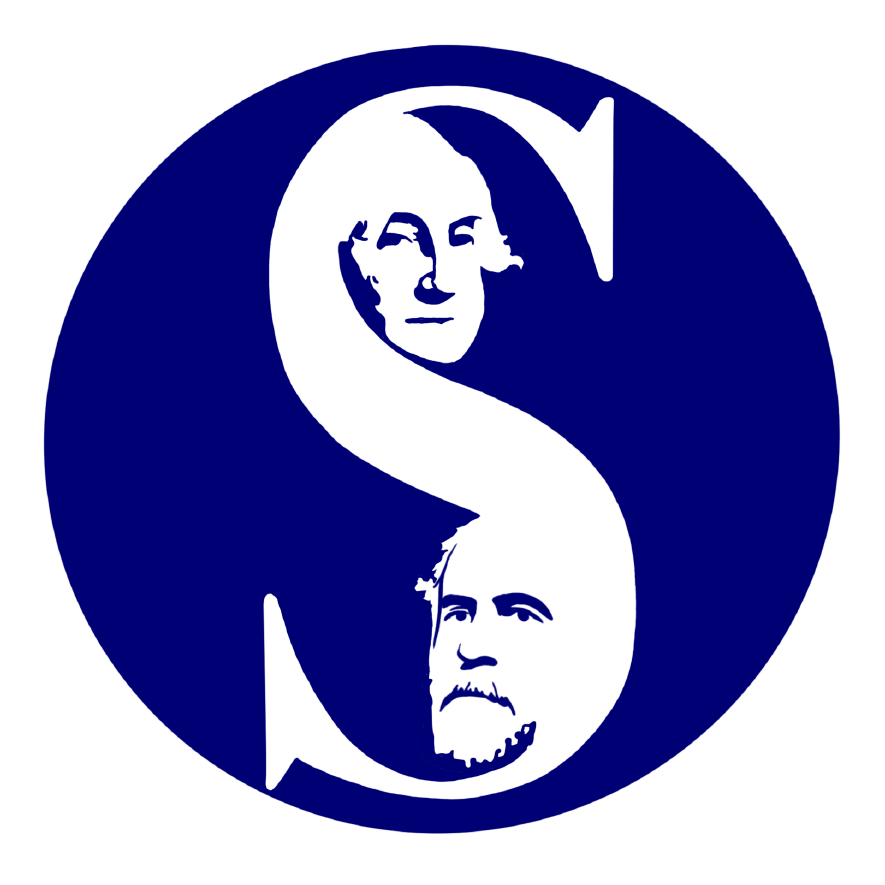Richmond Fed President Discusses Economic Volatility
Richmond Fed President Discusses Economic Volatility
Tom Barkin discusses monetary policy and the current economic uncertainty.
(Tom Barkin speaks at the Stackhouse Theater. | SOURCE: Virginia Business / Washington and Lee University)
“It’s not an everyday, ‘forecasting is hard, Tom, and your job is really difficult,’ kind of fog. It’s a zero-visibility pullover and turn on your hazard lights kind of fog,” said Tom Barkin, describing the current economic uncertainty.
Tom Barkin, president and CEO of the Federal Reserve Bank of Richmond, delivered the H. Parker Willis Lecture in Stackhouse Theater at Washington and Lee University. The event opened with remarks by Professor Linda Hooks, Professor of Economics and head of the Economics Department at W&L, and an introduction by Geordy Johnson, a member of W&L’s Board of Trustees.
Barkin began his March 27 talk by outlining his professional experience before joining the Federal Reserve Bank of Richmond. He was formerly a consultant at McKinsey & Company and its CFO for the Southeastern United States.
Barkin felt his experience at McKinsey has shaped his work at the Federal Reserve. “As a practitioner as well as a policymaker, I’ve seen that the beliefs and outlooks of consumers and businesses help drive the economy,” he said. “What they believe influences when they hire, when they fire, when they switch jobs, when they make a major investment or purchase, when they raise wages, or raise prices. And every one of those decisions is sensitive to expectations of the future,” he added.
On the topic of how economic projections affect the actions of corporations, Barkin then explained how those beliefs have evolved over the past few months. At the end of 2024, the economic outlook was positive, as Barkin explained, “Election uncertainty had moved into the rearview mirror. Business-friendly policies seemed likely. Consumers, too, with unemployment low, real wages up, and the stock market soaring, revealed confidence, evident with strong quality spending. Put simply, sentiment was good.” But now, “that seems like a long time ago.”
According to Barkin, the Trump administration’s economic policies have since taken center stage, and because of the pace of change, optimism plunged and uncertainty soared. “Now, one can debate the pros and cons of all these policies over the medium term. But in the near term, the pace of change has seemed to create a sense of instability,” he said. “I just think sentiment matters,” he said, adding, “For consumers and businesses who spend and invest, they need to have a certain level of confidence. For credit and equity markets to finance investments, they need stability.”
Regarding the future of monetary policy, Barkin noted that the Federal Reserve “faces the same fog as businesses and consumers.” “How can you drive through fog? Carefully, and slowly, and if there’s a safe place to pull over, you do so, before you get into trouble. And that’s where we are,” he said.
Barkin said that, by holding rates steady, the Federal Open Market Committee, the Federal Reserve’s leading body for implementing monetary policy, is well-positioned to adjust if conditions shift. “And until then, like businesses and consumers, we’re waiting for the fog to lift.”
After his address, Mr. Barkin took questions from audience members. Asked about what he felt was the most adverse consequence of tariffs, he quipped, “You really want me to go to a dark place.” After explaining how tariffs would raise costs for American workers, Barkin added that the transition to a protectionist American economy would be painful for many in the short term.
Another student asked if past economic downturns provided lessons for managing personal finance and career expectations in volatile times. Barkin stressed personal fiscal austerity, telling the student that financial freedom is essential and that a positive economy does not last forever. Barkin also noted that earning a college degree is a sound investment, as college graduates often hold jobs with more stability during economic downturns.
One student asked how to succeed when companies reduce hiring. Barkin explained that the current dearth of job openings is unlikely to continue in the long term. Instead, demographics are moving the wrong way, with many baby boomers heading to retirement, which could usher in a reduced workforce.
Throughout his talk, Barkin noted today's deep-seated uncertainty as policymakers, businesses, and consumers navigate through the “dense fog” pervading the American economy. This “fog” was the highlight of his economic outlook, centered around the evolving business outlook of consumers and businesses. “And that’s what businesses seem to be experiencing, even those that believe the sun is still working behind the fog, aren’t willing to take any risks today,” he said.


